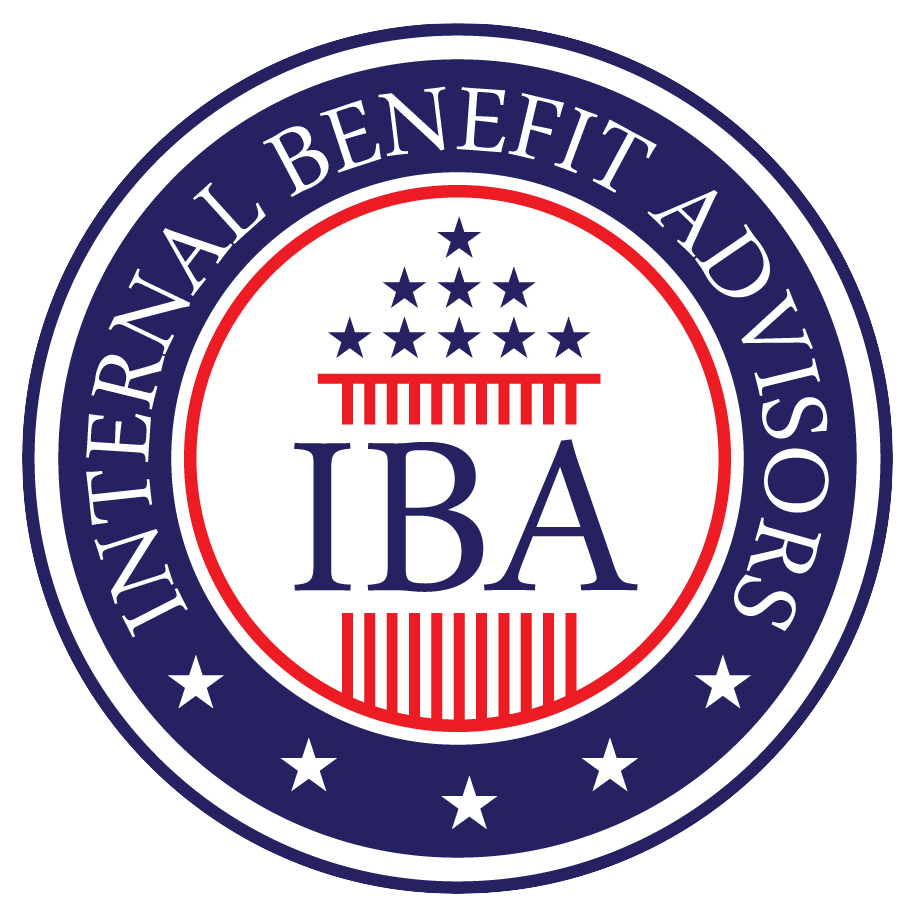The TSP is undergoing its most substantial transformation since the introduction of Roth contributions, with in-plan Roth conversions and a completely redesigned I Fund (FedWeek). For Federal Employees, these changes require careful analysis to maximize Retirement Benefits.
The Thrift Savings Plan (TSP) is a cornerstone of Federal Retirement Planning, and it is continually evolving to meet the needs of Federal Employees. Recent announcements about significant upcoming changes—including the introduction of in-plan Roth conversions and routine updates to the Lifecycle (L) Funds—highlight the importance of staying informed and proactively managing your Retirement Benefits.
Understanding these new features is critical for making strategic decisions that can impact your financial future for decades to come.
A Major New Feature: In-Plan Roth Conversions
Perhaps the most significant change on the horizon is the upcoming ability to perform in-plan Roth conversions. This provides a powerful new tool for Retirement Planning.
- What This Means: Currently, you can contribute to a Roth TSP (with post-tax dollars) and a Traditional TSP (with pre-tax dollars). However, you cannot move money from your Traditional balance to your Roth balance within the TSP. The new rule will allow you to convert part or all of your Traditional TSP balance into your Roth TSP balance.
- The Tax Implications: This is a taxable event. When you convert funds from Traditional to Roth, the amount you convert is considered taxable income for that year. You are essentially choosing to pay the income taxes on that portion of your retirement savings now, rather than in retirement.
- Why Consider a Roth Conversion? The primary benefit is that once the money is in your Roth TSP, all qualified withdrawals in retirement are completely tax-free. This can be a strategic advantage for those who:
- Expect to be in a similar or higher tax bracket in retirement than they are today.
- Want to hedge against the possibility of future tax rate increases.
- Prefer the certainty of tax-free income in retirement, making budgeting easier.
- Wish to reduce the amount of their retirement funds that will be subject to Required Minimum Distributions (RMDs), as Roth IRAs (where a TSP could be rolled) have no RMDs for the original owner.
Lifecycle (L) Fund Updates: A Routine Evolution
The TSP is also proceeding with its regular, scheduled updates to the Lifecycle (L) Funds.
- What are L Funds? L Funds are “target-date” funds that automatically adjust their investment mix over time, becoming more conservative as their target retirement date approaches. They are designed for investors who prefer a “set it and forget it” approach.
- The Changes: As one fund reaches its target date (for example, the L 2020 fund), it is rolled into the most conservative L Income Fund, designed for those already in retirement. Simultaneously, a new L Fund with a date far in the future (e.g., L 2065) is introduced for younger employees just starting their careers. This is a normal and expected part of the L Fund lifecycle.
What These Changes Mean for Your Financial Strategy
These TSP updates, especially the introduction of in-plan Roth conversions, present a critical opportunity to review your Federal Retirement Planning. The decision to convert Traditional funds to Roth is complex and depends heavily on your individual financial situation, your age, and your long-term outlook on tax rates.
Navigating these sophisticated financial choices requires careful consideration. This is where consulting with specialists in Federal Benefits, such as the advisors at Internal Benefit Advisors, can be invaluable. Expert guidance can help you:
- Analyze whether a Roth conversion makes sense for your personal tax situation.
- Understand how the L Fund changes might impact your investment strategy.
- Integrate these new TSP features into a cohesive and comprehensive retirement plan.
Staying informed about the evolution of your Federal Benefits is key to maximizing their value. These powerful new tools within the TSP give you more control than ever over your financial destiny.
Deep Dive: The Roth Conversion Opportunity
Who Should Consider Converting?
- Younger employees in lower tax brackets
- Those expecting higher tax rates in retirement
- Participants with significant traditional TSP balances
Conversion Strategies
💰 The Stepped Approach
- Convert portions over multiple years to manage tax liability
📅 The Gap Year Strategy
- Convert during years between federal service and Social Security
The New International Fund: What You Need to Know
Key Differences
| Feature | Current I Fund | New International Fund |
|---|---|---|
| Coverage | 21 developed markets | 58 countries (including emerging markets) |
| Market Cap | Large-cap only | Small/mid/large-cap |
| Sector Exposure | Limited | More comprehensive |
Portfolio Implications
- Potentially higher returns but with increased risk
- May warrant adjustment of overall international allocation
Your 3-Phase Implementation Plan
Phase 1: Education (Now – Implementation)
- Attend TSP webinars on the changes
- Review the FRTIB’s transition materials
Phase 2: Analysis (At Implementation)
- Conduct a Roth conversion cost/benefit analysis
- Re-evaluate your asset allocation
Phase 3: Execution (Post-Implementation)
- Initiate strategic Roth conversions
- Monitor new fund performance
Why Partner with Internal Benefit Advisors?
Our team offers:
✔ Custom Roth Conversion Modeling
✔ TSP Allocation Optimization
✔ Tax Coordination Strategies
“The most successful TSP participants will be those who view these changes not as disruptions, but as opportunities to enhance their retirement outcomes.” – Sarah K., Federal Retirement Specialist
Review the Official Announcement
Critical Next Steps
- Schedule a TSP Review – Assess how these changes affect your strategy
- Consult a Tax Professional – Plan for Roth conversion implications
- Monitor Official Updates – Stay informed about exact implementation dates
Keywords: Federal Retirement Planning, Retirement Planning, Federal Employees, Thrift Savings Plan, Federal Benefits, Retirement Benefits
References:
Don’t navigate these changes alone—schedule a consultation with our federal benefits experts today.




